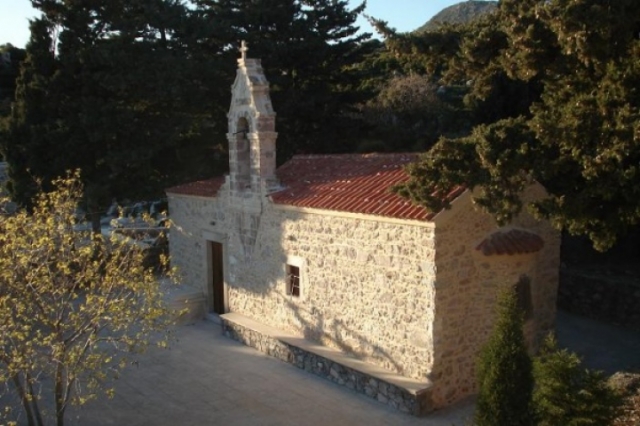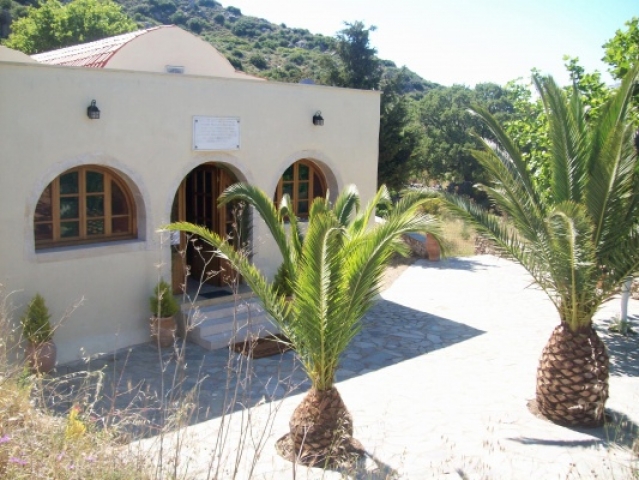
Press here.
Places near Culture Center
The area is ideal for the mountain lovers, as above the Kissano Gorge dominates the imposing mountain "Kentros" with an altitude of 1,777 m. Its special characteristics give it liveliness and aesthetic beauty. The abundant water, the many springs ("the mountain with 100 springs" as referred by Homer), the luxuriant vegetation, the canyons, the gorges, the constant change of scenery, put it on the map as a unique and most interesting mountain, ideal for mountaineering and exploration.
A visit to the pine forest located on the slope next to the Kambos Kissou village is an experience full of excitement and if you follow the road that goes through the marvelous Kissano gorge next to the forest , you will arrive at the highlands "Tis Gius o Kampos" which will fill you with many beautiful experiences and emotions.
Located on the south flank of Mount Kedros in Rethimno Prefecture, it is located at the 35th km of the road Rethymnon Town-Spili-Kampos Kissou-Agia Galini. The distance from Spili village is 4km.
The village Kissos is part of the municipality of Lampis in the district of Rethymno. It is amphitheatrically built on the Southwest slopes of mountain Kentros and at an altitude of 650 m. The view from the village is splendid and what impresses every visitor is the gigantic plane tree in the middle of the central square which is one of the largest trees of its kind in Greece.
The village was founded between 800 and 900 AD and took its name after the many plane trees in the region. In 1583 it is reported to have 222 inhabitants, 181 in 1884, and in 1900 it had 214 inhabitants.
The village Kissos is referred by Fr. Barozzi in the census paper of the villages of Crete in 1577. Inside the village there are 3 Byzantine churches, which archeologists classify them to have been built during the 13th and 14th century. Just outside the village there is the monastery of Agio Pnevma which was built at the same period as the churches mentioned above. At this monastery, during the 19th century, the School of Agio Pnevma was founded, which was one of the most important cultural centers of Crete.









